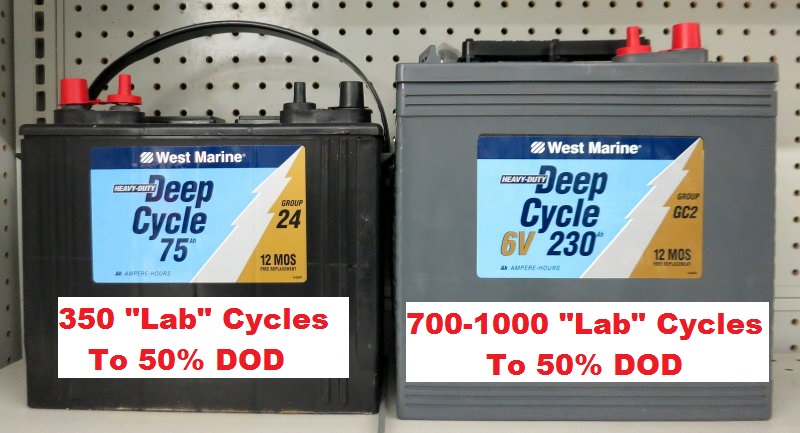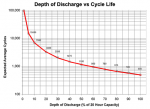OllieChristopher
Well-known member
I am quick to admit I got caught up in some of the marketing and forum buzz in regards to some of the higher end batteries. A few names that are thrown around are Northstar/X2Power, Odyssey, and Lifeline.
The storefronts and reviews are all good and impressive. But the reality is these batteries are no better than some that are half the cost. Lifeline is the best at marketing. They have photoshopped military ships and have great web page. Northstar and Odyssey are more of the same at marketing.
I am of the opinion that almost any cheap AGM battery (with a few exceptions of course) is going to do the job just as well as the ones that are costing double or more in cost.
It is a case of buyer beware. In regards to batteries it's important to point out that you are not always getting what you pay for. I was able to get batteries at 50% less cost with only a few less amp hours and CCA than the "high end ones".
Please do not listen to me but do your own research and you might be surprised to find some outstanding value and quality. It's wise to remember that taking care of your batteries is way more important than just plunking down big money for a brand that has nothing more to offer other than a high price tag.
The storefronts and reviews are all good and impressive. But the reality is these batteries are no better than some that are half the cost. Lifeline is the best at marketing. They have photoshopped military ships and have great web page. Northstar and Odyssey are more of the same at marketing.
I am of the opinion that almost any cheap AGM battery (with a few exceptions of course) is going to do the job just as well as the ones that are costing double or more in cost.
It is a case of buyer beware. In regards to batteries it's important to point out that you are not always getting what you pay for. I was able to get batteries at 50% less cost with only a few less amp hours and CCA than the "high end ones".
Please do not listen to me but do your own research and you might be surprised to find some outstanding value and quality. It's wise to remember that taking care of your batteries is way more important than just plunking down big money for a brand that has nothing more to offer other than a high price tag.



